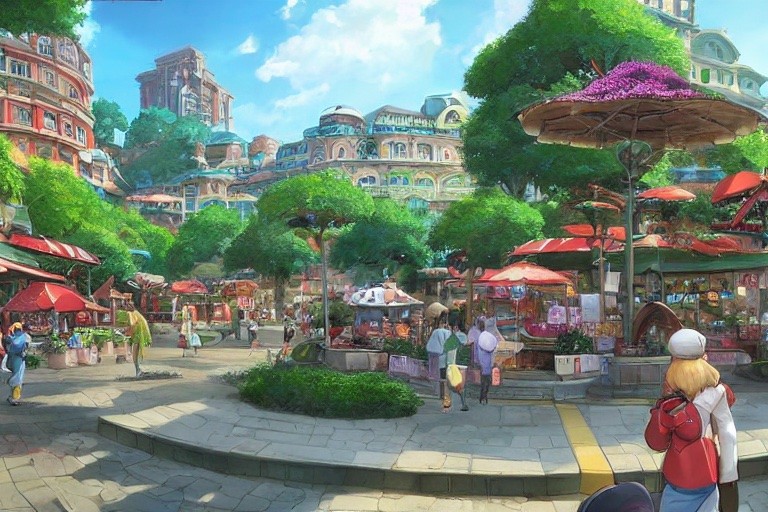
A groundbreaking development in virtual reality technology has emerged as researchers successfully created an explorable 3D world entirely generated by neural networks. Unlike traditional video games that rely on pre-programmed geometry and scripted animations, this neural world recreates environments purely through artificial intelligence.
The innovative system captures real-world footage and motion data, then trains a neural network to generate new views of the environment based on user input. In a recent demonstration, researchers transformed a forest trail into an interactive virtual space that runs directly in a web browser.
"Traditional game worlds are like paintings - artists manually create every detail. Neural worlds are more like photographs, capturing reality directly without human intervention," explains the research team.
The technology works by recording video footage along with precise motion tracking data. This information trains a neural network to understand the relationship between movement and visual changes in the environment. When users explore the virtual space, the AI generates appropriate new views in real-time.
While current results show some visual artifacts, the approach represents an entirely new paradigm for creating virtual environments. Rather than requiring artists to manually craft every element, neural worlds can potentially capture and recreate any real location automatically.
The implications extend far beyond gaming. This technology could enable rapid digitization of real spaces for training, education, or preservation purposes. As the neural networks improve, researchers expect the visual quality to approach photorealism.
The current prototype required approximately 100 hours of GPU processing time and runs at interactive frame rates in standard web browsers. The neural network uses about 5 million parameters to generate its virtual environment.
This breakthrough demonstrates how artificial intelligence continues to transform traditional computing paradigms. As the technology matures, neural worlds may become as commonplace as digital photographs, opening new possibilities for experiencing and preserving real-world environments.